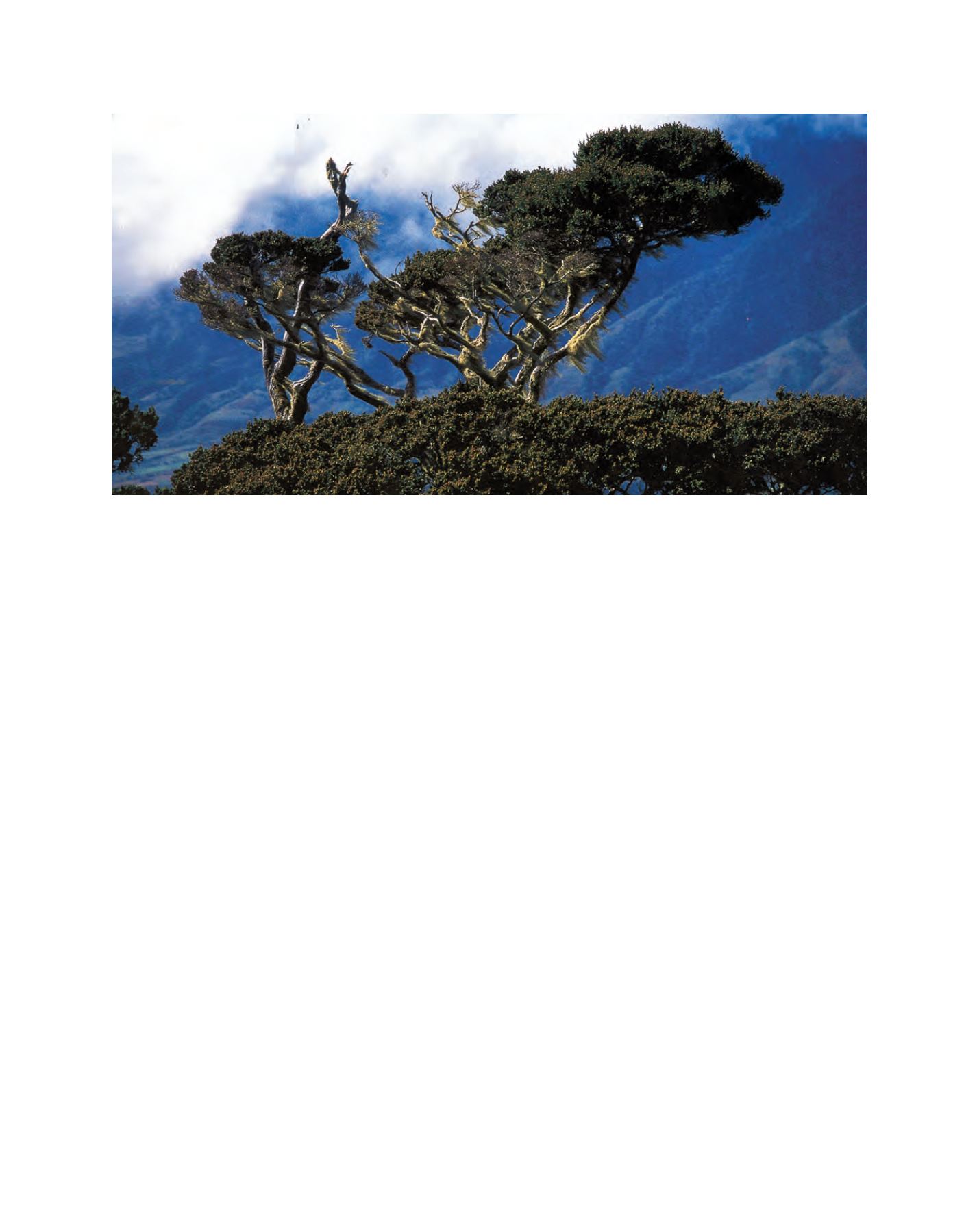

[
] 255
The resolution also encouraged the ASEAN Member States to
identify and establish more AHPs and to maintain the current parks
through a system of protected areas to significantly reduce the current
rate of biodiversity loss and to focus efforts on biodiversity conserva-
tion as a key measure in mitigating and adapting to climate change.
Lessons learned and ways forward
The ASEAN Heritage Parks Programme has shown how govern-
ments can establish and maintain regional representative systems
of protected areas. There is clearly a need to provide the AHPs with
continued support so that countries can demonstrate that they can
effectively manage the parks.
One of the key challenges in halting biodiversity loss is the
involvement of the larger stakeholder base beyond environment and
conservation practitioners. Awareness campaigns must also target
not only the general public, but also those outside of the environ-
ment sector, primarily the economic development sector.
Biodiversity must be mainstreamed outside of the environment
domain and integrated into national policies and programmes on
fisheries, forestry and trade, as well as into national poverty and
development plans, including Millennium Development Goals
strategies.
A better understanding of the value of biodiversity can signifi-
cantly boost political support to effect changes in the way we do
things and further mobilize financial resources to address the
threats and drivers of biodiversity and ecosystems loss. TEEB 2009,
a landmark document on promoting the value of natural wealth
from ecosystems services, highlights the inextricable link between
poverty and the loss of ecosystems and biodiversity.
Expanding REDD to the REDD+ instrument could create a revenue
stream for national governments to meet emission reduction targets.
In the ASEAN region, there is great potential for raising revenues
in this way in Indonesia and Cambodia, but only if the institutional
capacities of these countries can be improved.
In recent forums, ASEANMember States have acknowl-
edged the need to implement current commitments on
forests, biodiversity and climate change, develop national
information sharing networks and foster greater capac-
ity-building on technical issues. There is also a need to
integrate forest-related commitments into national devel-
opment plans and strategies, harmonize multisectoral
approaches, encourage mechanisms for benefit sharing
and promote greater synergy between the work of CBD,
the United Nations Forum on Forests and the United
Nations Framework Convention on Climate Change.
5
Challenges remain, such as addressing differences
between safeguard approaches in the context of REDD+
pilot and demonstration activities. There is also generally
a lack of capacity and expertise to monitor the biodiver-
sity impacts of REDD+ and a need to improve indicators
and tools for enhancing biodiversity benefits.
6
Engaging the business community and the private
sector is an emerging strategy to halt the loss of biodi-
versity. Corporate social responsibility investments,
such as support to rehabilitation of degraded ecosys-
tems, must be acknowledged and promoted.
Biodiversity captures media coverage and public
awareness and gains the attention of leaders prima-
rily when driven by unusual and extraordinary events.
However, regular, sustained and concerted campaigns
are sorely lacking. Recognizing the day-to-day efforts
of concerned groups and individuals requires proactive
and systematic methods.
The ASEAN region is home not only to biologically
significant species and ecosystems, but also to individu-
als and groups who can have a global impact in the
cause of conservation. We herald their initiatives and
their impact on society at large.
Mossy forest in Mt Kitanglad Natural Park, Philippines
Image: Department of Environment and Natural Resources, Philippines
















